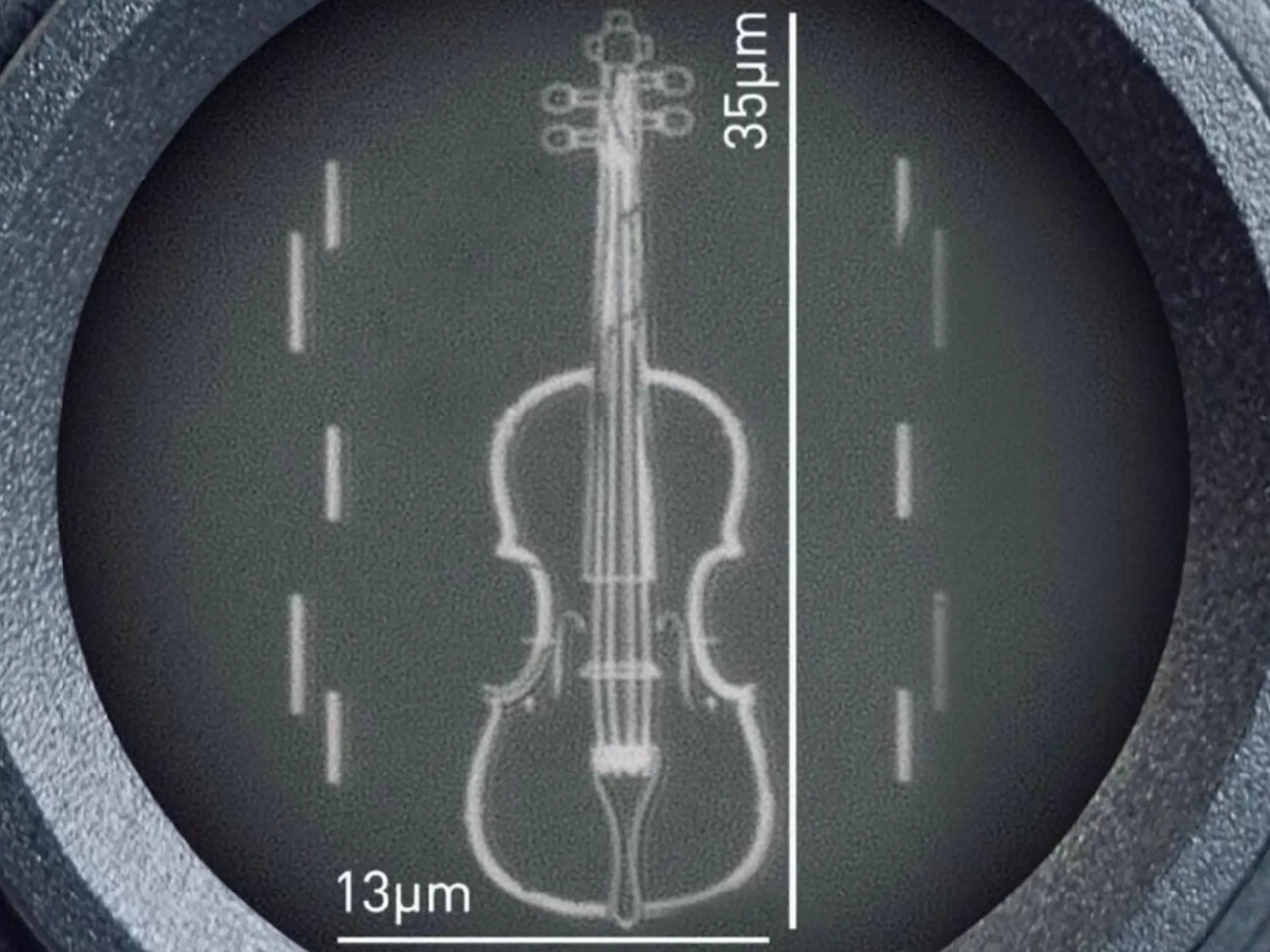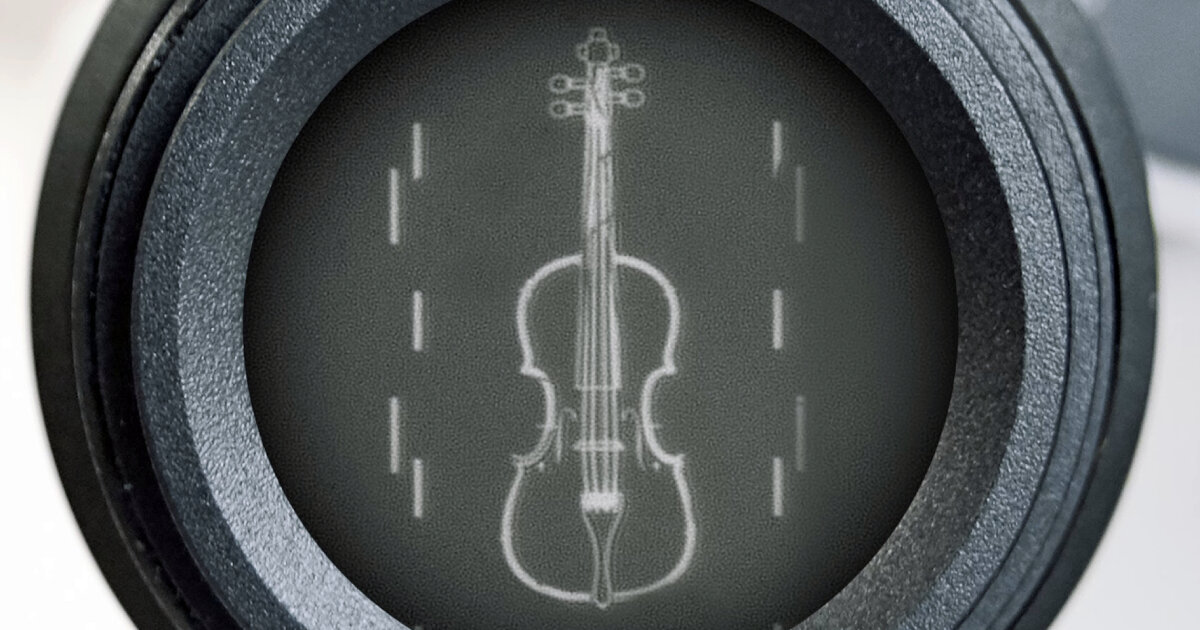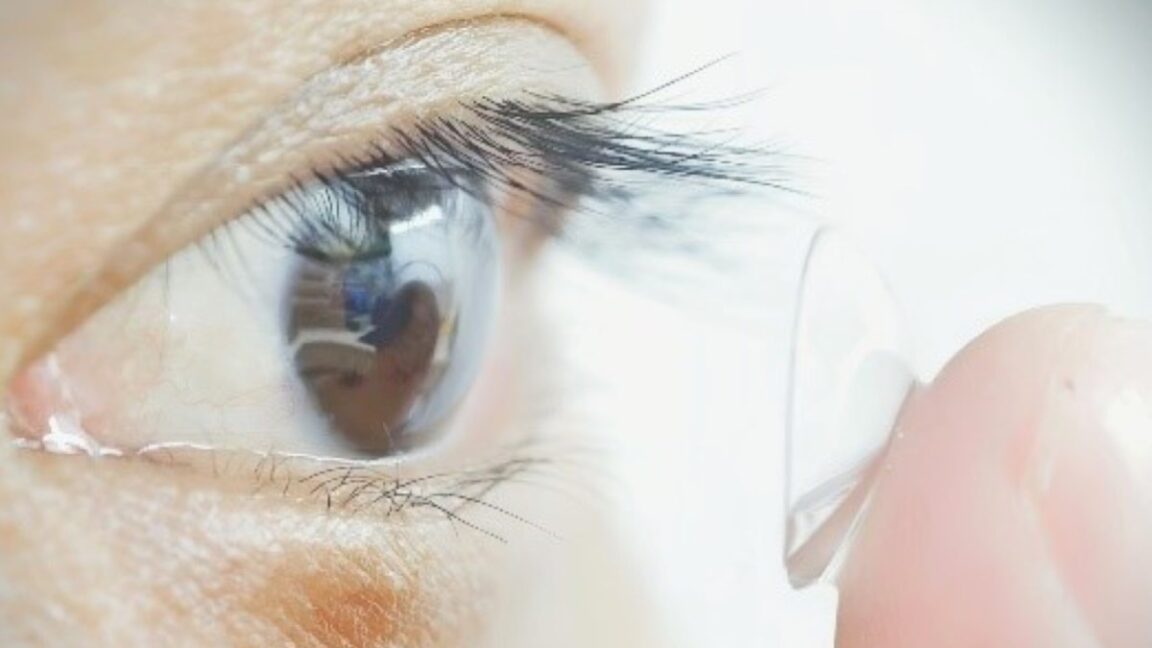fromLondon Business News | Londonlovesbusiness.com
3 months agoKey trends and innovations in the insulation industry - London Business News | Londonlovesbusiness.com
If you have spent any time on educational YouTube, you may have seen several educators fawn over this material. It has the appearance of 'frozen smoke,' is ultralight, and has excellent thermal insulation properties. Since the material is mostly air, it is highly effective at preventing heat transfer while weighing astonishingly little. Most of the applications you'll see discussed are in the aerospace industry, but it will make its way into the construction industry




